eBay Founded

The online auction site, eBay, is launched as “AuctionWeb” by Pierre Omidyar. The first item sold, a broken laser pointer, wasn’t actually intended to sell, but rather to test the new site, itself started as a hobby. Surprised that the item sold for $14.83, Omidyar contacted the buyer to make sure he knew the laser pointer was broken, to which was replied, “I’m a collector of broken laser pointers.” From that first $14.83, Omidyar is now worth billions of dollars.
First Search Engine
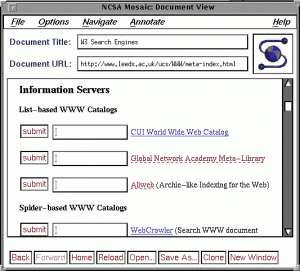
The world’s first primitive web search engine is started. Known as W3Catalog or the CUI WWW Catalog, it was started by Oscar Nierstrasz at the Centre Universitaire d’Informatique (CUI) of the University of Geneva. This search site lasted for about 3 years before more modernized search engines began appearing.
I could not find an actual picture of W3Catalog, only a picture of a site linking to it. Can anybody help find me a picture of W3Catalog?
First Flyby of Saturn

Pioneer 11 becomes the first man-made object to fly by Saturn.
Aldus – Adobe Merger Finalized
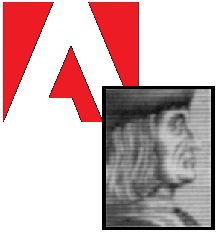
Aldus, the company that created PageMaker – considered the world’s first desktop publishing application – merges with Adobe, the company that created PostScript – which was the page description language powering many early laser printers. The combination of Pagemaker running on Apple’s Macintosh and printing to the Apple’s PostScript-powered LaserWriter sparked the desktop publishing revolution in the 1980’s.
First Building Block of the Internet
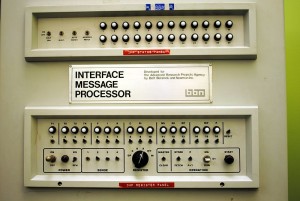
The first Interface Message Processor (IMP) is delivered to Leonard Kleinrock’s research group at UCLA. The IMP was the device that would interconnect networks between research facilities on the developing ARPANET, the precursor to the Internet. As a packet-switching device, the IMP can be considered the first generation of what we now call network routers. The second IMP was delivered to the Stanford Research Institute on October 1, 1969 and the first message between the two IMPs was sent on October 29, 1969, which is now considered the first message ever sent on the Internet.
Faraday Discovers Electromagnetic Induction
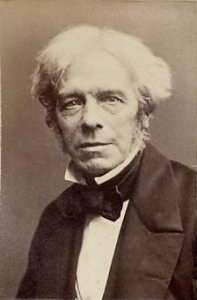
English scientist Michael Faraday discovers electromagnetic induction. Electromagnetic induction is the primary principle behind electric motors and electric generators, two very important inventions that power and drive our electronic technology of today.
Snow Leopard Released; The End of AppleTalk

Apple releases Mac OS X 10.6, “Snow Leopard” for their Macintosh computers. Snow Leopard was an important release as it was the first to drop support for PowerPC-based Macs and focus optimization for the Intel processor-based Macs. The networking protocol that Apple had used since the 1980’s, AppleTalk, was also discontinued in Snow Leopard. AppleTalk was the first true plug-and-play networking protocol and during its heyday in the late 80’s, AppleTalk was the most widely used networking protocol in the world.
World’s Largest Battery Backup

The city of Fairbanks, Alaska connected to what was at the time the world’s largest battery backup. Designed to help prevent serious blackouts that plagued the city every two to three years, the batteries could provide power to the city for a few minutes – enough time to start up the city’s backup diesel generators. The battery contains 13,760 cells covering more than 10,000 square feet. It was reported that in the first two years of operation, the battery system prevented at least 81 power failures.
First Use of Tape Recorder in Radio
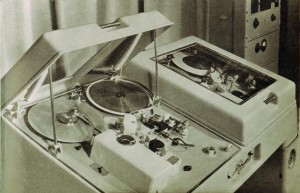
Radio station WQXR in New York City broadcasts a program using a tape recorder for the first time. The tape recorder used was the Phillips-Miller recording system, also known as Millertape, invented by James Arthur Miller.
The Birth of Linux

Linus Torvalds posts a message to the Internet newsgroup comp.os.minix with the subject line “What would you like to see most in minix?” This is the first announcement that he is working on an operating system that will one day become Linux.
